In today’s world, where environmental concerns are at the forefront, it’s essential to be well-informed about sustainable practices and avoid spreading misinformation. While there’s a growing awareness of the need for eco-friendly choices, some myths and misconceptions about what’s truly “green” continue to circulate. In this blog post, we’ll debunk common green myths to help you make more informed and sustainable decisions for a better future.
Myth 1: Electric Cars Are Always Eco-Friendly
Fact: Electric cars are indeed more environmentally friendly than traditional gasoline-powered vehicles. However, their green credentials depend on various factors, including the source of electricity used for charging. If your electricity comes from coal-fired power plants, the environmental benefits of driving an electric car are diminished. It’s essential to consider the energy mix in your region when assessing the environmental impact of electric vehicles (EVs).
Additionally, the production of EV batteries involves the extraction of rare materials like lithium and cobalt, which can have environmental and ethical consequences. The industry is working on improving battery technologies to reduce these impacts.
Myth 2: Natural Gas Is a Clean Energy Source
Fact: Natural gas is often touted as a “cleaner” fossil fuel compared to coal, primarily because it produces fewer greenhouse gas emissions when burned for energy. While it is cleaner in terms of emissions, natural gas is not without its environmental drawbacks.
The extraction process, known as hydraulic fracturing or fracking, can lead to water contamination, habitat disruption, and even earthquakes. Methane, a potent greenhouse gas, is also released during extraction and transport, contributing to climate change.
Myth 3: Single-Use Plastics Are Recycled Effectively
Fact: While recycling is an essential part of waste management, not all single-use plastics are easily recycled or effectively processed. Many plastic products, especially those made from low-quality plastics or mixed materials, are challenging to recycle. As a result, a significant portion of plastic waste ends up in landfills or the environment.
To address this issue, it’s crucial to reduce plastic consumption and prioritize products with minimal packaging or those made from easily recyclable materials. Supporting efforts to improve recycling infrastructure and promoting responsible disposal practices is also essential.
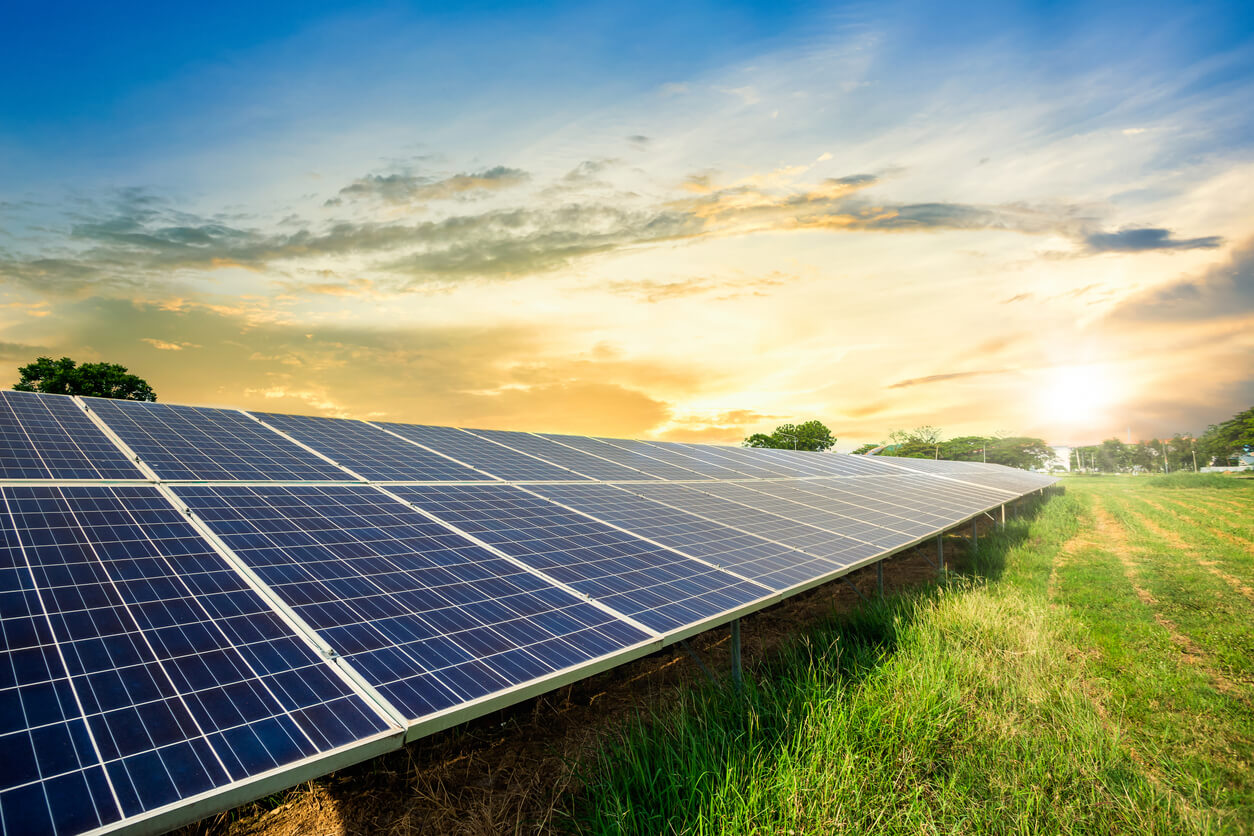
Myth 4: Renewable Energy Sources Are Harmless to Wildlife
Fact: Renewable energy sources like wind and solar power are generally considered more environmentally friendly than fossil fuels. However, they are not entirely without impact on wildlife and ecosystems.
Wind turbines, for instance, can pose a threat to birds and bats if not properly sited and managed. Solar farms can displace native vegetation and disrupt local ecosystems during construction. Sustainable planning and ongoing research are essential to minimize these impacts and ensure a harmonious coexistence between renewable energy and wildlife.
Myth 5: Organic Farming Is Always More Sustainable
Fact: Organic farming is often associated with sustainability, as it avoids synthetic pesticides and fertilizers. However, it’s important to recognize that organic farming practices can vary widely, and not all organic farms are equally sustainable.
Organic farming may use more land and water than conventional agriculture, potentially leading to habitat conversion and increased resource consumption. Sustainable farming practices should focus on reducing environmental impact, regardless of whether they are organic or conventional.
Myth 6: Going Paperless Is Always Greener
Fact: Transitioning to digital communication and reducing paper consumption is generally a positive step for the environment. However, it’s important to consider the broader environmental impact of digital technologies.
Electronic devices require significant energy and resources for production and use. Data centers, which store and process digital information, consume vast amounts of electricity. It’s crucial to strike a balance between reducing paper usage and minimizing the environmental impact of digital technologies.
Myth 7: Biodegradable Plastics Are the Solution
Fact: Biodegradable plastics, often touted as a more sustainable alternative to traditional plastics, can be misleading. While they do break down more quickly than conventional plastics, their environmental impact depends on various factors.
Biodegradable plastics may not degrade efficiently in certain environments, such as landfills, where conditions are not conducive to decomposition. Furthermore, their production still relies on fossil fuels, contributing to greenhouse gas emissions.
Instead of relying solely on biodegradable plastics, it’s better to prioritize reducing overall plastic use and promoting reusable and recyclable alternatives.
In the pursuit of a more sustainable and environmentally responsible lifestyle, it’s crucial to base our decisions on accurate information and avoid spreading common green myths. By staying informed and making informed choices, we can collectively work toward a more sustainable and eco-conscious future. Remember that sustainability is a journey, and every step we take in the right direction, no matter how small, contributes to a greener and healthier planet.

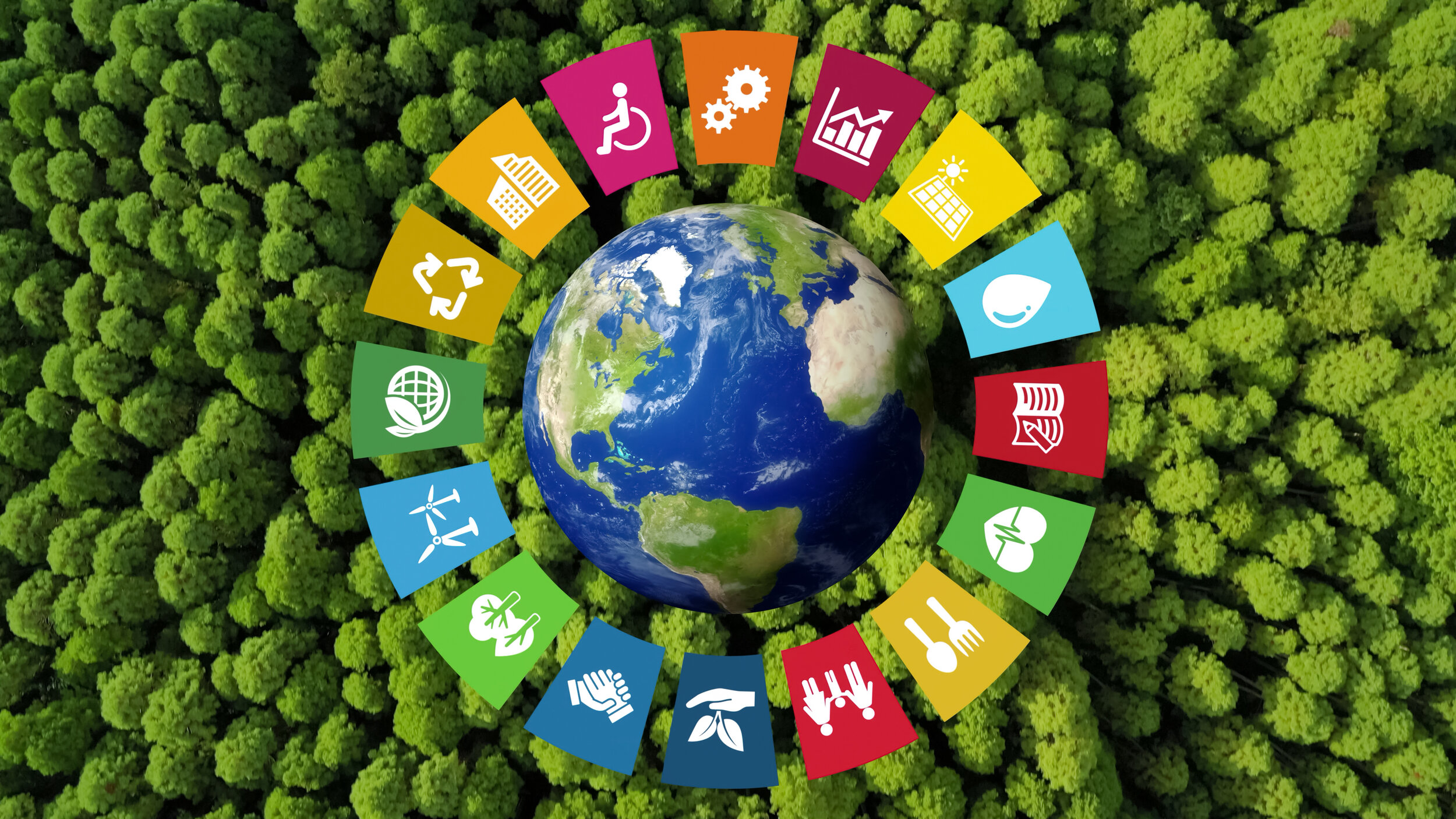
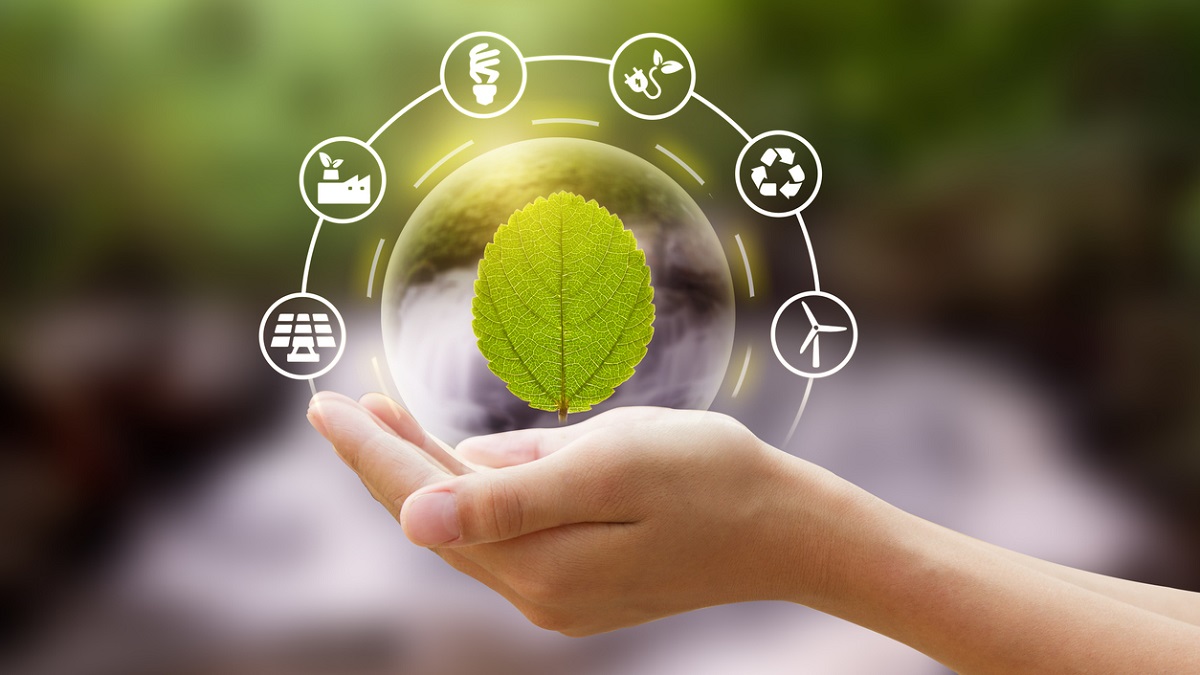

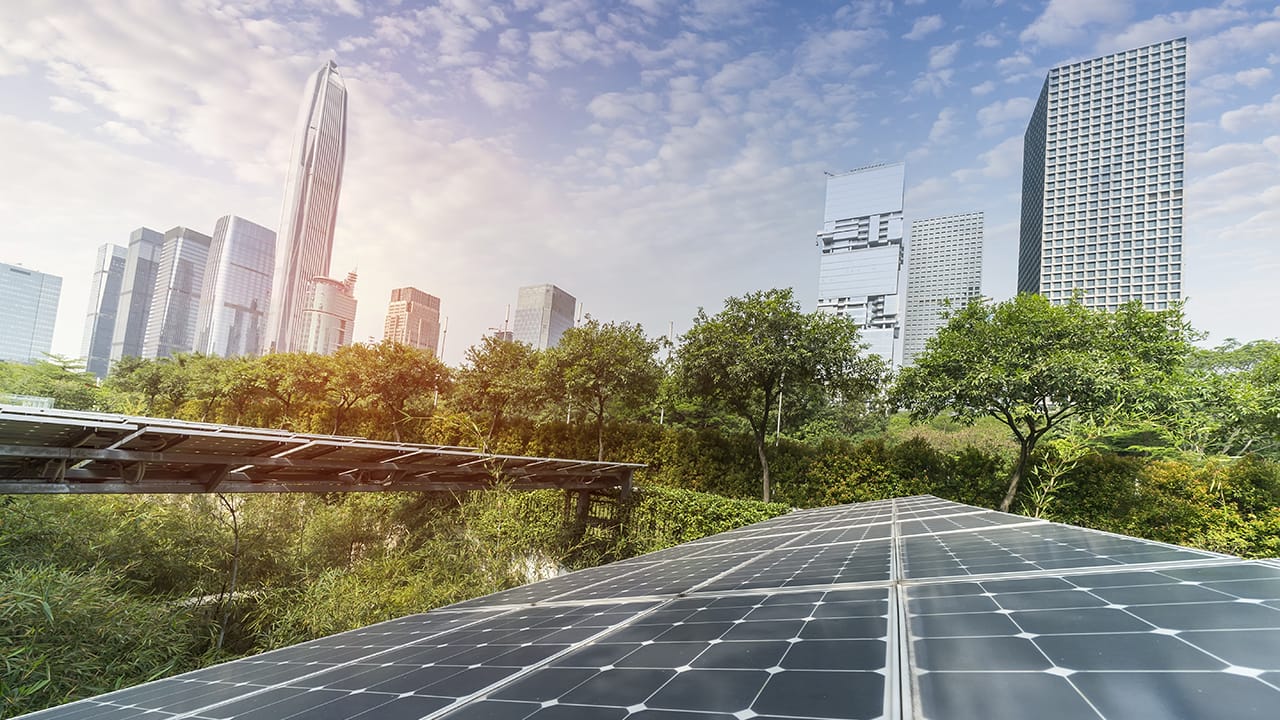


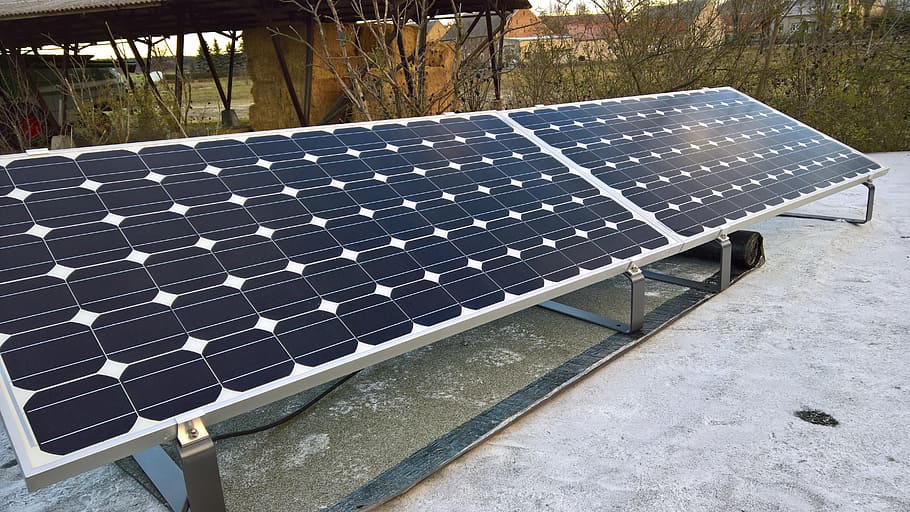

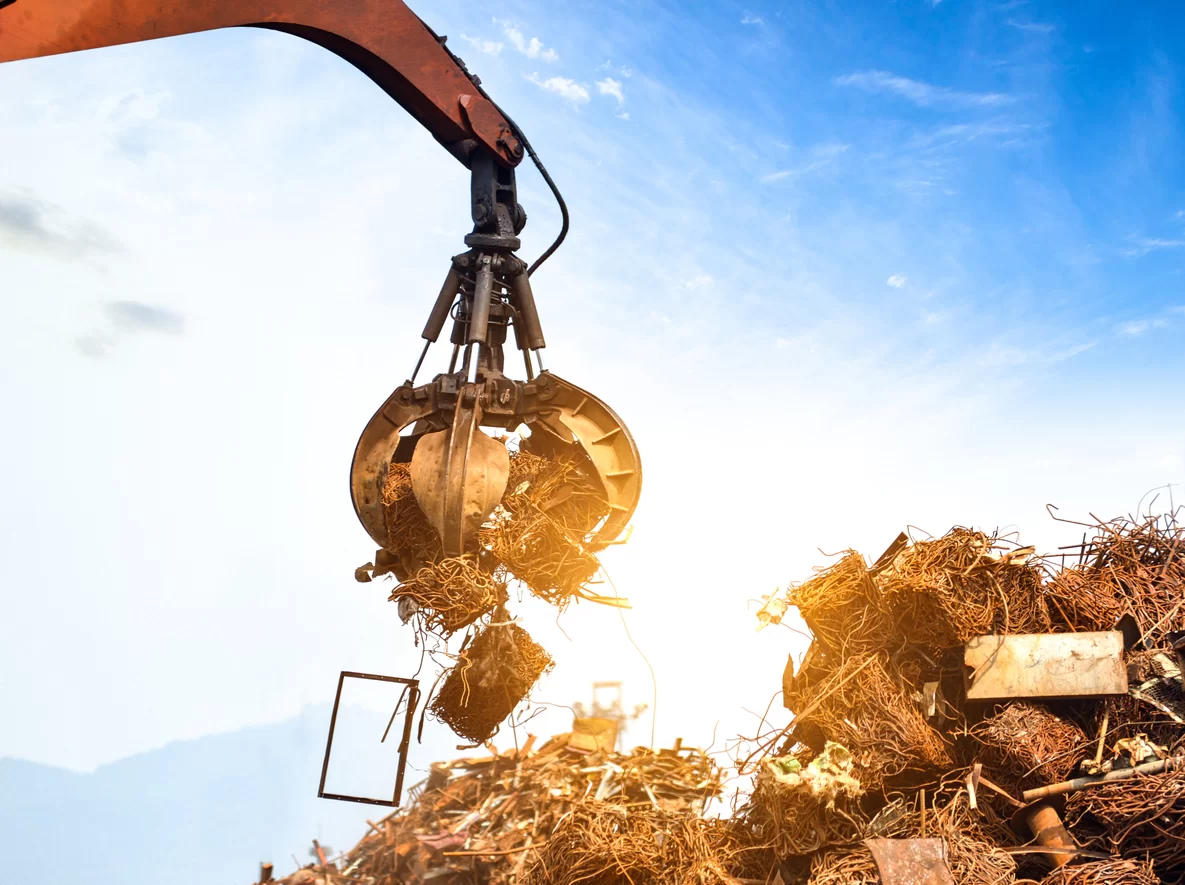
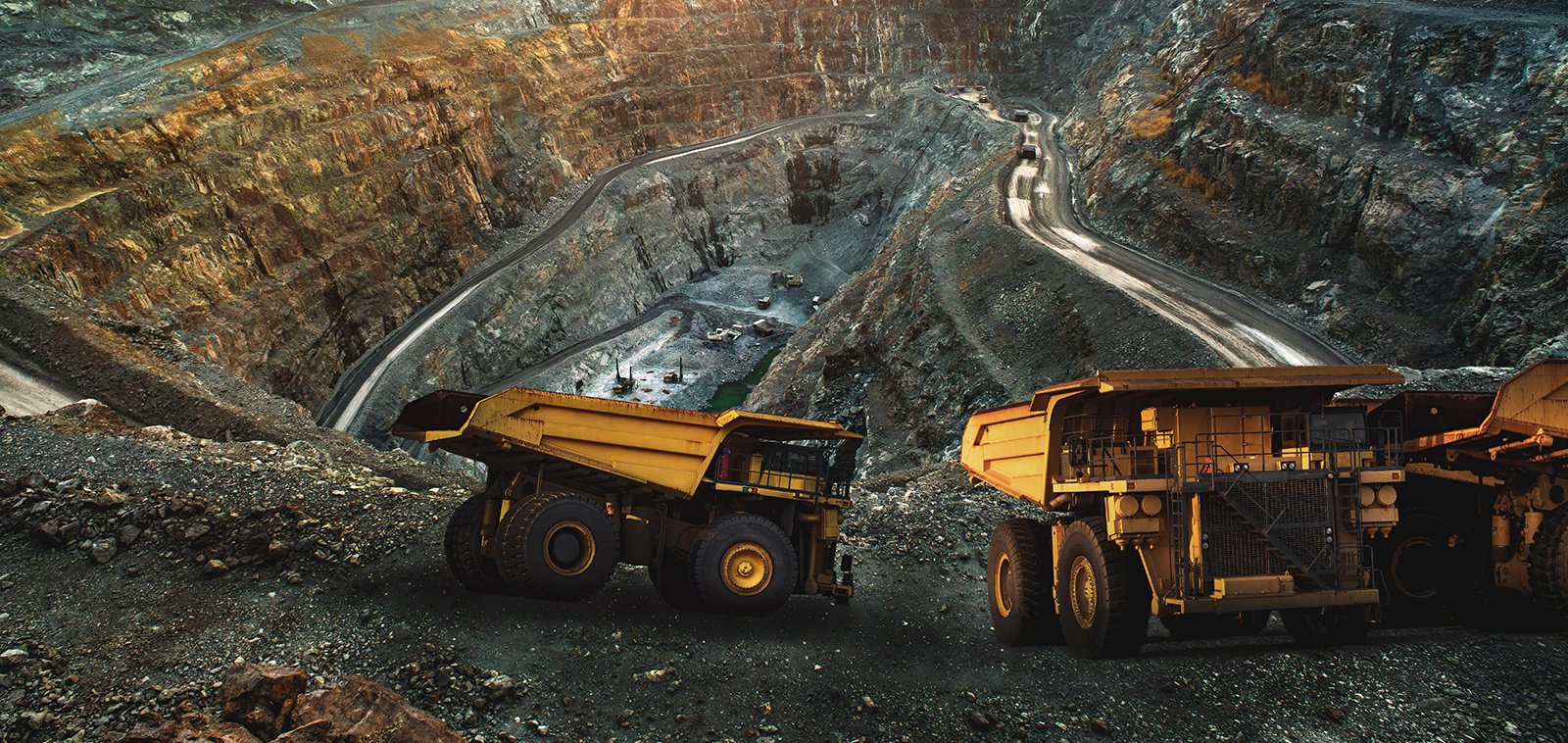
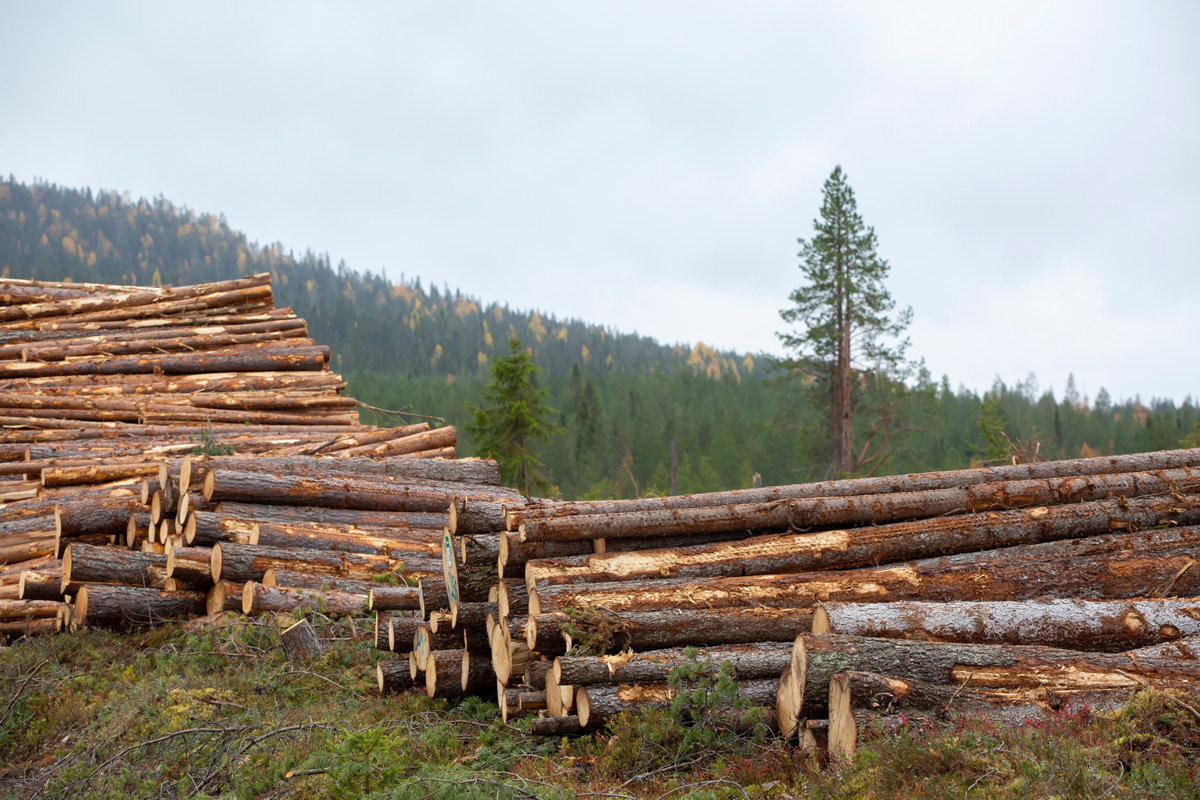
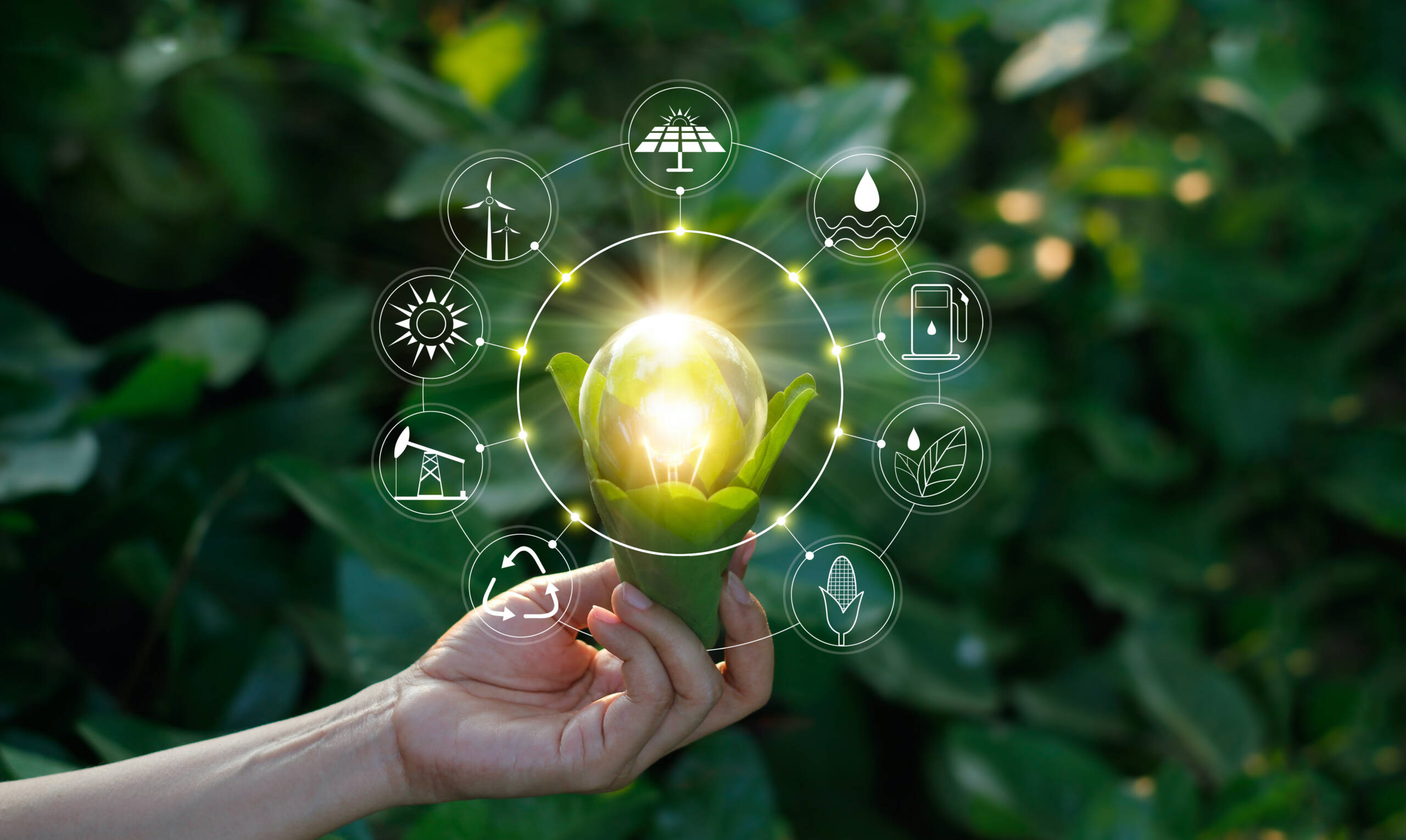
 One of the primary areas where AI has demonstrated exceptional potential is in improving energy systems and enhancing the efficiency of renewable energy sources. Energy grids may be intelligently controlled by leveraging the power of AI algorithms, allowing for the integration of varied energy sources such as solar, wind, and hydropower. Artificial intelligence-powered devices can evaluate real-time data, estimate energy demand, and make intelligent decisions to ensure efficient energy generation and distribution while minimizing waste and lowering dependency on fossil fuels.
One of the primary areas where AI has demonstrated exceptional potential is in improving energy systems and enhancing the efficiency of renewable energy sources. Energy grids may be intelligently controlled by leveraging the power of AI algorithms, allowing for the integration of varied energy sources such as solar, wind, and hydropower. Artificial intelligence-powered devices can evaluate real-time data, estimate energy demand, and make intelligent decisions to ensure efficient energy generation and distribution while minimizing waste and lowering dependency on fossil fuels.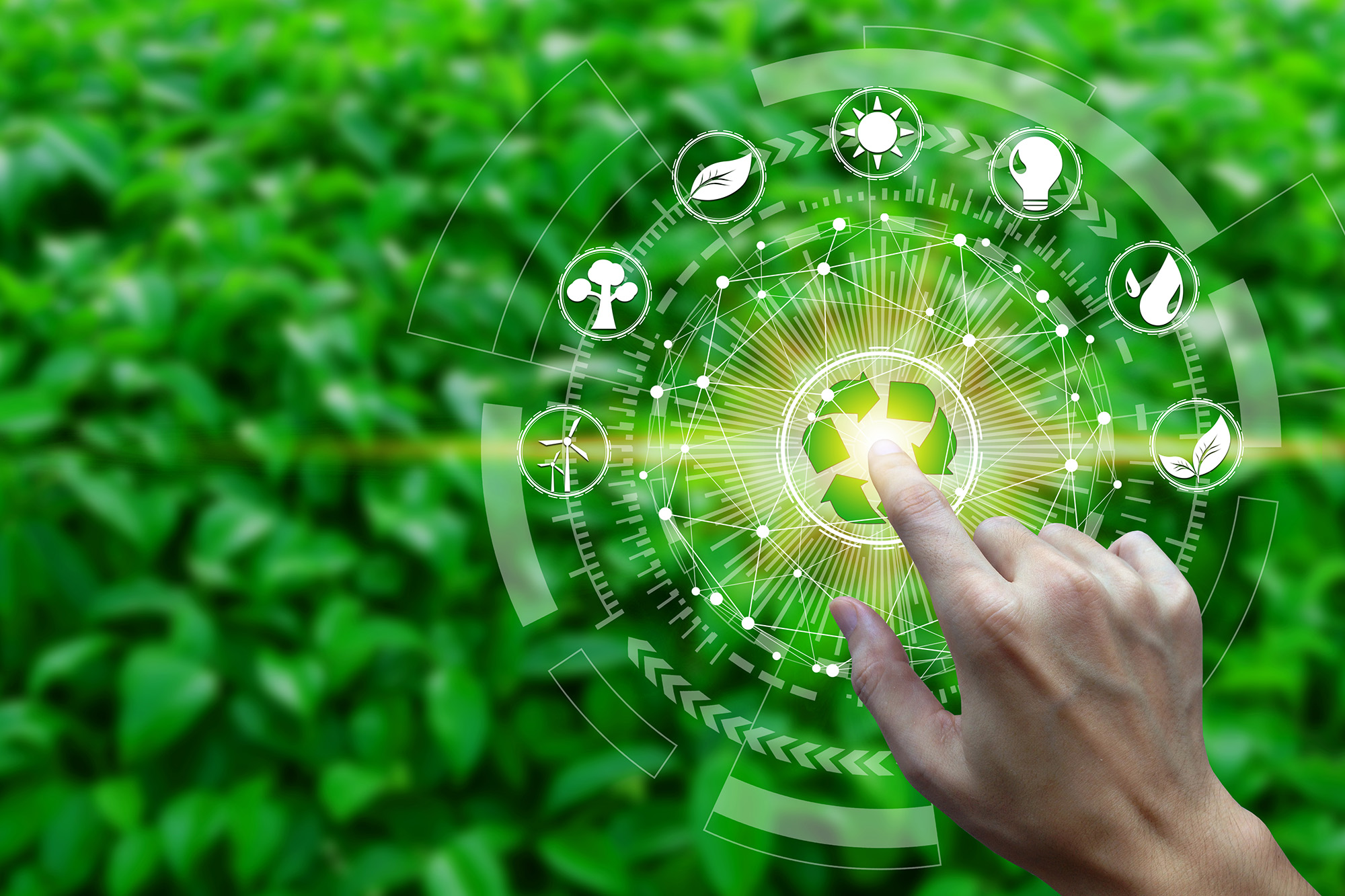 As AI systems automate some jobs and procedures, established businesses that rely primarily on manual labor may face employment losses. AI-driven innovations, for example, may ease energy production in the shift to renewable energy, decreasing the need for labor-intensive fossil fuel extraction. This shift might have a significant impact on communities that rely largely on traditional energy industries, necessitating steps to promote an equitable and inclusive transition for impacted employees.
As AI systems automate some jobs and procedures, established businesses that rely primarily on manual labor may face employment losses. AI-driven innovations, for example, may ease energy production in the shift to renewable energy, decreasing the need for labor-intensive fossil fuel extraction. This shift might have a significant impact on communities that rely largely on traditional energy industries, necessitating steps to promote an equitable and inclusive transition for impacted employees.
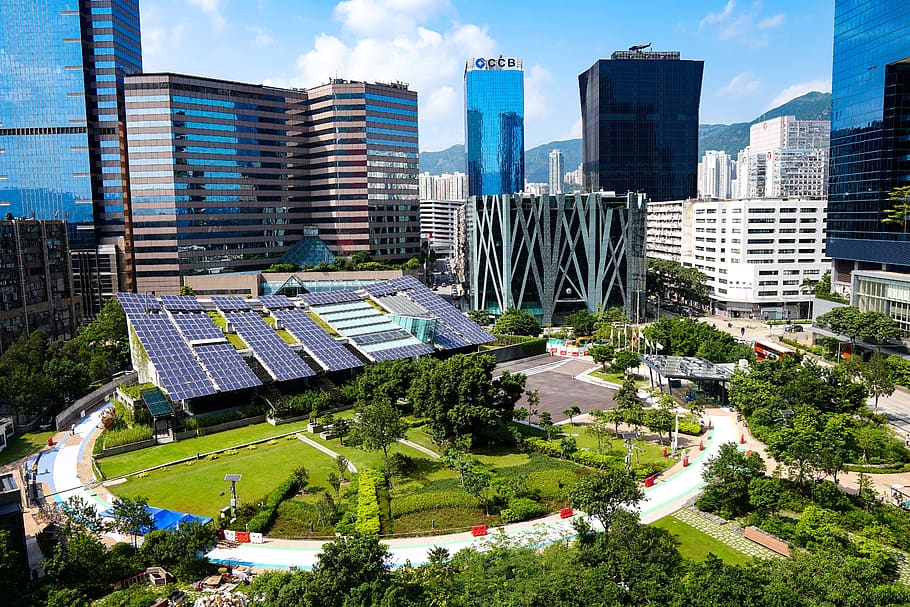

 As the globe grapples with the repercussions of climate change, resource depletion, and other environmental concerns, there has never been a greater need to embrace sustainable practices. Setting sustainability objectives offers firms a clear plan for addressing their environmental effect and working toward a more sustainable future. Companies may monitor their progress and hold themselves responsible for their sustainability initiatives by identifying specific targets, such as lowering greenhouse gas emissions, preserving water resources, or eliminating waste output.
As the globe grapples with the repercussions of climate change, resource depletion, and other environmental concerns, there has never been a greater need to embrace sustainable practices. Setting sustainability objectives offers firms a clear plan for addressing their environmental effect and working toward a more sustainable future. Companies may monitor their progress and hold themselves responsible for their sustainability initiatives by identifying specific targets, such as lowering greenhouse gas emissions, preserving water resources, or eliminating waste output.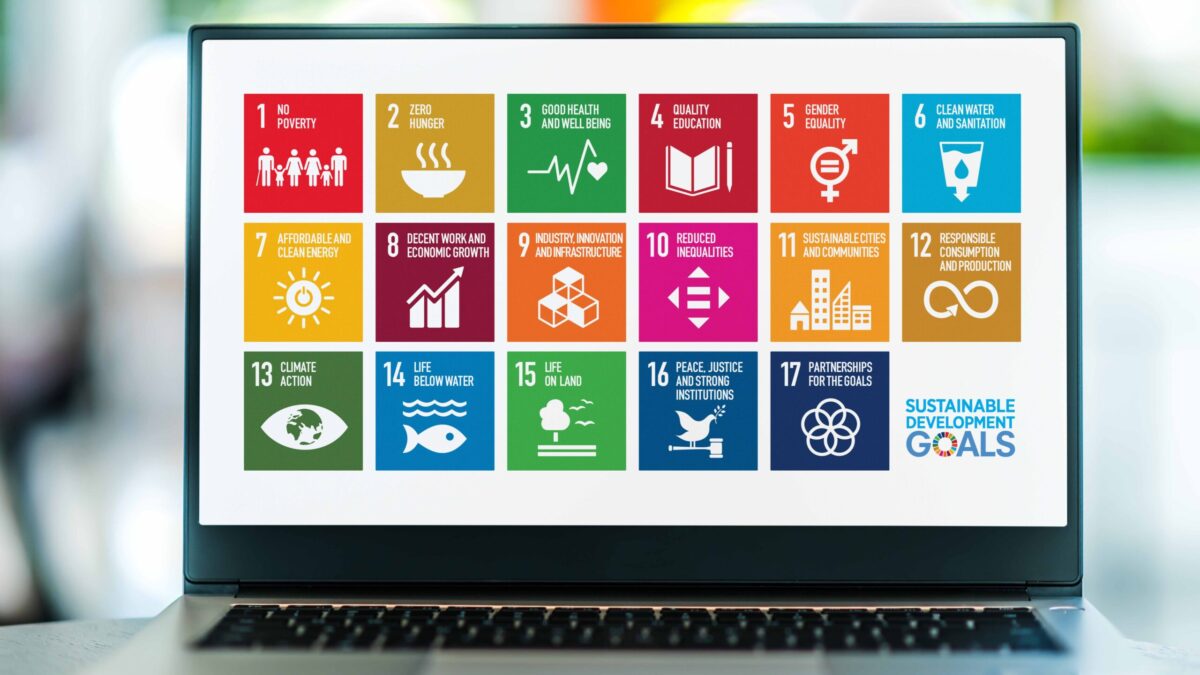 Organizations must carefully evaluate several elements when creating sustainability targets to guarantee the efficacy and relevance of their goals. To begin, targets should be consistent with the organization’s overarching vision, values, and long-term goals. Companies may guarantee that sustainability aims are not just token gestures but important components of their operations by incorporating sustainability into their core business strategy. Second, goals should be both ambitious and achievable. Setting difficult goals is important, but firms must also evaluate their available resources, technology capabilities, and industry benchmarks. Setting impossible goals can lead to dissatisfaction and stagnation, but setting attainable goals can bring drive and a sense of success.
Organizations must carefully evaluate several elements when creating sustainability targets to guarantee the efficacy and relevance of their goals. To begin, targets should be consistent with the organization’s overarching vision, values, and long-term goals. Companies may guarantee that sustainability aims are not just token gestures but important components of their operations by incorporating sustainability into their core business strategy. Second, goals should be both ambitious and achievable. Setting difficult goals is important, but firms must also evaluate their available resources, technology capabilities, and industry benchmarks. Setting impossible goals can lead to dissatisfaction and stagnation, but setting attainable goals can bring drive and a sense of success.
